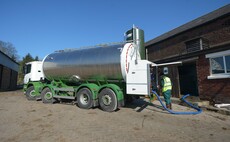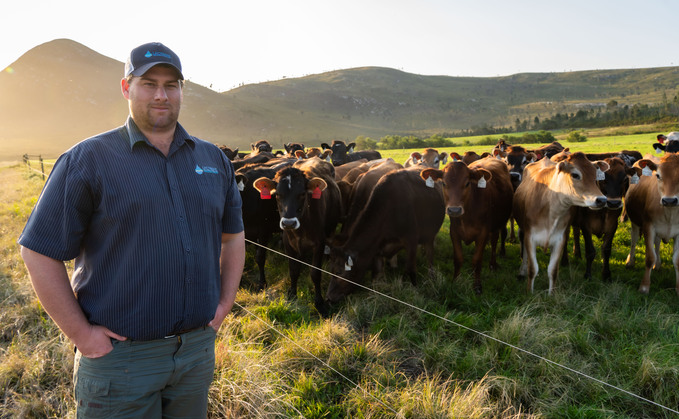
For South African dairy farmer Dian Landman, sustainability is now a key component of all decision making at his 3,800 cow Lactimar business, based in Tsitsikamma, Eastern Cape.
This includes a real focus on environmental impact and a highly responsible approach to human resources through employment. But more than anything, it means ensuring economic resilience for the enterprise.
In a location where bought-in feed is expensive - with transport costs alone potentially adding the equivalent of £50 per tonne - maximising production from homegrown forage is even more essential than on UK farms. While Dian has the advantage of cows being at pasture all year round, seasonal variation in grass growth does mean there is a significant reliance on conserved forage to supplement grazing.
Dian says: "We have made huge strides in recent years in improving production efficiency, and a lot of that is down to having better forage quality.
"We have good genetics in the cows, due to my father's longstanding commitment to good breeding, and now we are capitalising on that and seeing more milk being produced from fewer cows."
Expansion
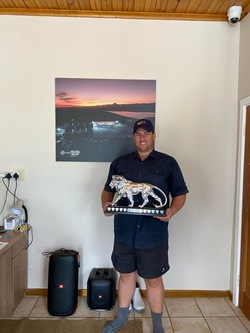
Dian joined his father in the Lactimar business in 2016 and has overseen considerable expansion and investment in infrastructure since that time, increasing cow numbers to the current optimum. His focus on sustainability, which is now monitored through a scheme run by a milk buyer in the area, Woodlands Dairy, saw him recognised with a regional Young Farmer of the Year Award in 2023.
He says: "I am passionate about building greater sustainability into the business, across the board. In South Africa, it is probably fair to say we have been lagging behind other parts of the world in this area, but there is now recognition of the need to change and I am determined to ensure that is the case at Lactimar."
Looking specifically at conserved forage quality, Dian lists a number of areas where he has made significant improvements, including very practical developments such as better silage bunkers to improve fermentation and the use of shear grabs at feed-out to keep a tidy face to reduce aerobic spoilage (heating).
He has also introduced more frequent cutting for baled grass silage, to ensure the focus is on quality and not just quantity. And Dian is a strong advocate for using effective, leading edge technology, with his adoption of well-researched and proven silage inoculants being a good example.
Study tour
"I was fortunate enough to be able to do a study tour to the UK, organised by Volac, during which we visited farms and toured the Ecosyl research and manufacturing facilities in South Wales," he explains.
"Seeing this first-hand, and hearing about the number of trials that have consistently shown benefits, convinced me to switch to Volac's products and we are now using Ecosyl for all our grass and triticale/oats silage and Ecocool for our maize silage. These proven inoculants have without doubt played their part in improving our forage quality and that has been important in reducing our reliance on bought-in feeds."
Conserved forages are fed as part of a mixed ration at varying levels throughout the year, depending on the availability of grazed grass across an 850ha milking platform. Around half the grazing area is irrigated, with the remaining ground being referred to as ‘drylands', where the crop of choice is the more drought tolerant lucerne.
"The lucerne, which we graze, will usually last six or seven years, but our other grazing land, on which we are growing a mixture of ryegrasses, red clover and chicory, has to be reseeded each year, such are the losses during the hot summer months. We do this with minimal soil disturbance, using a double disc drill, and it is at this time when the supplementary forage is most needed.
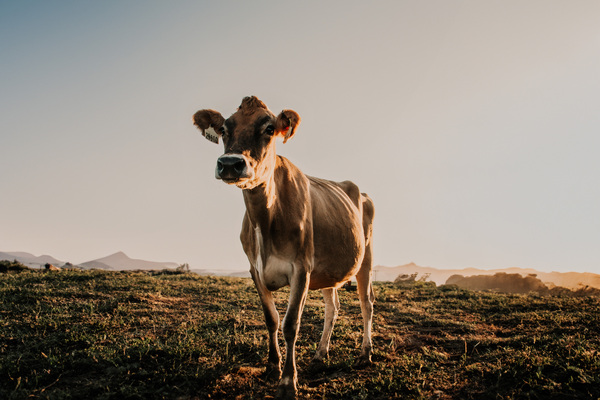
"A typical forage mix is 10% grass silage, 33% maize, 22% triticale/oats and 35% bought in feed such as lucerne hay, oats hay and citrus pulp, which we take out to the cows on a daily basis in a mixer wagon and feed on the ground along the fence line. It is important to ensure all cows have easy access, and they could be receiving as much as 8-9kg/cow/day when the grazing availability is at its lowest, or as little as 1kg/cow/day at other times."
Well-balanced
Rations are calculated on a regular basis with Lactimar's concentrate feed supplier, to ensure a well-balanced diet is fed at all times.
The 3,800-cow business is spread across four farms, each with its own rotary parlour. Three of the farms have similar Jersey or Jersey x Holstein cows, averaging around 420kg liveweight, while the fourth farm has relatively larger cows at around 535kg liveweight.
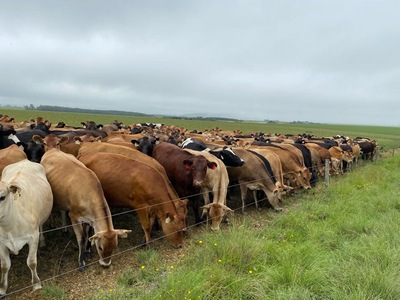
"The smaller cows are averaging about 6,000 litres per lactation and will receive a target of 1.6 tonnes of concentrates and 12-12.5 tonnes of dry matter from pasture, whereas the larger cows are averaging 7,500 litres with 2.1 tonnes of concentrate and 12.5-13 tonnes of dry matter from pasture. The remainder of their diet will come from silage."
The vast majority of the crops for silage are grown away from the milking platform, on a dedicated 200ha area, and there is also a separate 185ha for heifer rearing. Lactimar operates with distinct spring and autumn calving periods, with AI carried out using dairy semen to achieve a final replacement rate of 20%. The remaining cows are served to a Hereford to maximise the returns from beef cross calves.
Sustainability

The strong focus on fertility, which ultimately achieves a 66-70% in-calf rate at six weeks post calving - and results in heifers calving down at 24-26 months - is all part of the drive for efficiency and sustainability that Dian is strongly committed to right across the business.
Through practices such as minimal cultivation and widespread use of compost, which allows reduced use of artificial fertilisers, Lactimar has recorded improvements in soil carbon levels, which now range between 4 and 10% across the farms. This, in itself, will be contributing to improved forage production, which is such a key part of overall sustainability.
Dian is also mindful of a responsibility to his staff, without whom none of the progress made in recent years would have been possible.
He says: "We have a great team of workers who are an integral part of this family business. There are 80 permanent staff members, and we operate with a management team of 15 people that run the dairies, youngstock, pastures and feeding, including my wife and her team on admin and financials. Our business would not be possible without all these people."
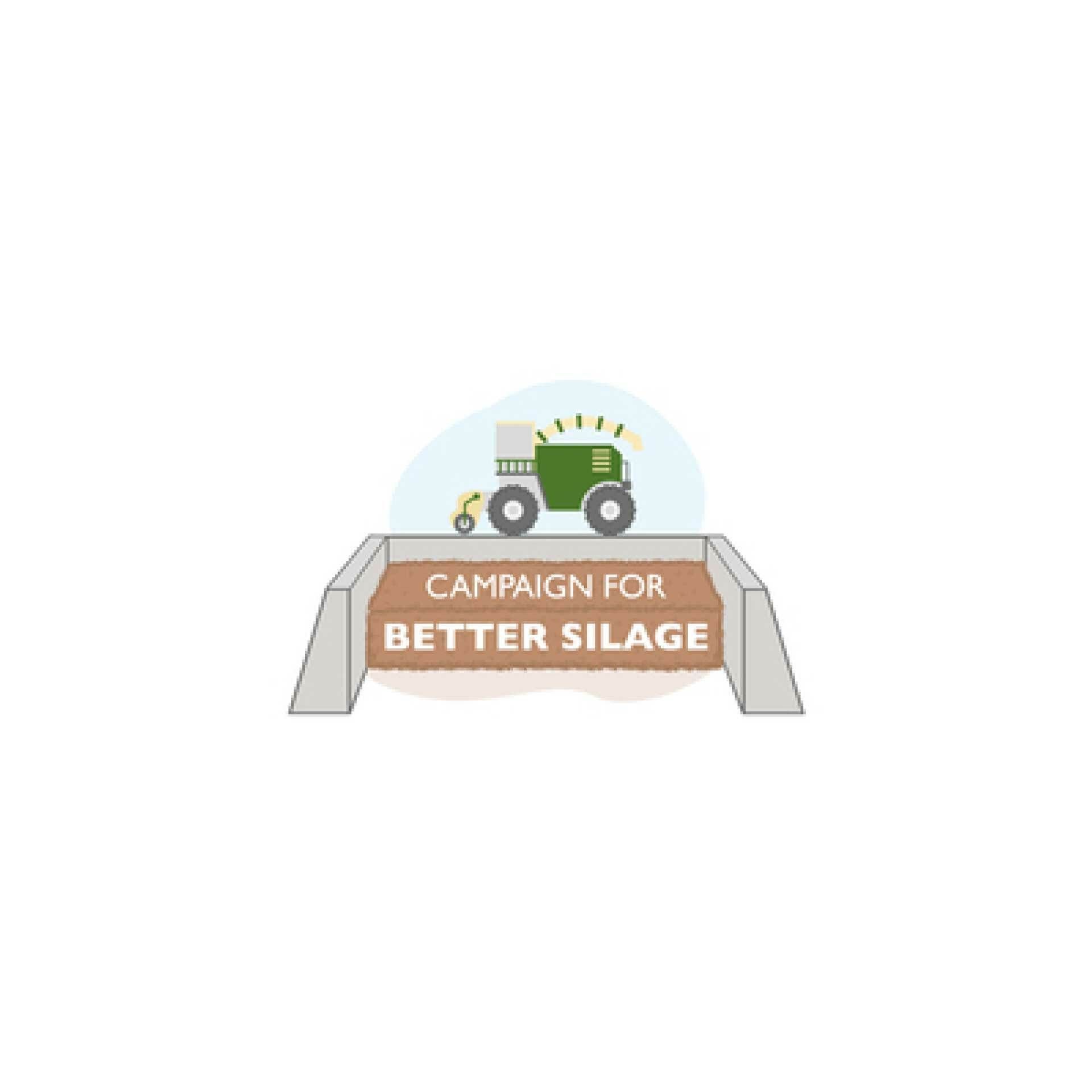
As well as its Cut to Clamp initiative, Volac is proud to be one of the sponsors of Dairy Farmer's Campaign for Better Silage- a project offering advice to dairy farmers on how to navigate the inevitable grassland challenges 2024 will bring, as well as best practice guidance to ensure maximum production on every farm.
This post is funded by Volac.




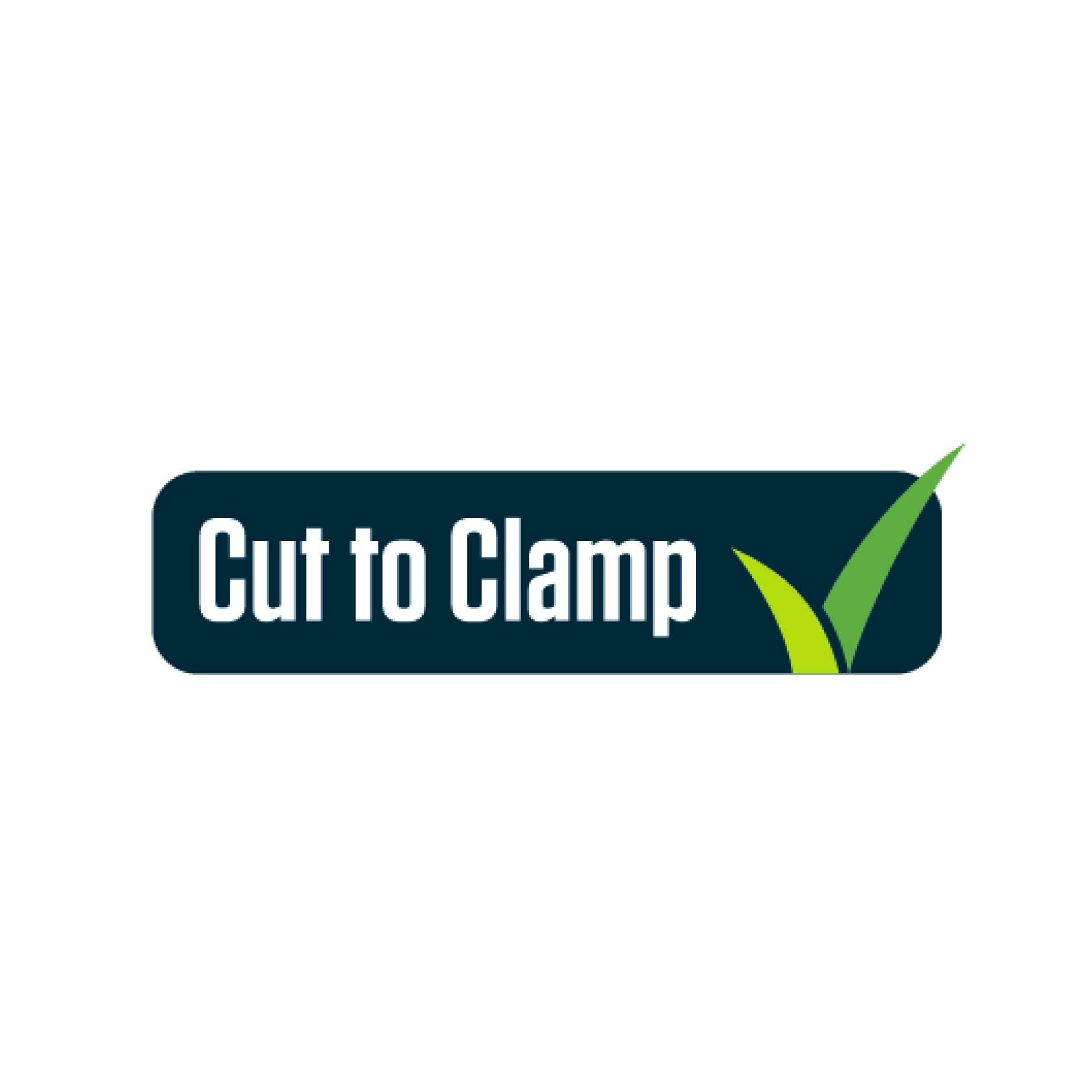


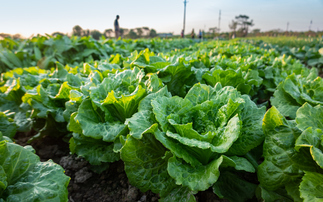

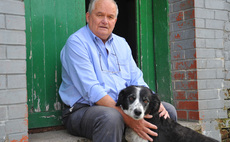
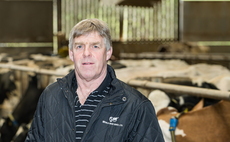
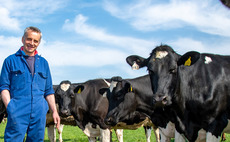


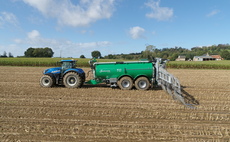


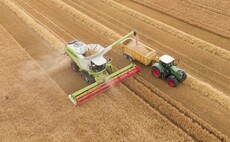


![Phil Latham: "Our industry seems to have little value for the Labour Gov and [therefore] I am increasingly worried about the USA's new tariff regime"](https://image.chitra.live/api/v1/wps/d12d03c/cad55df7-5c0d-452d-949d-1c7d39739842/1/PHIL-LATHAM-6337-230x142.jpg)
